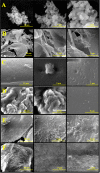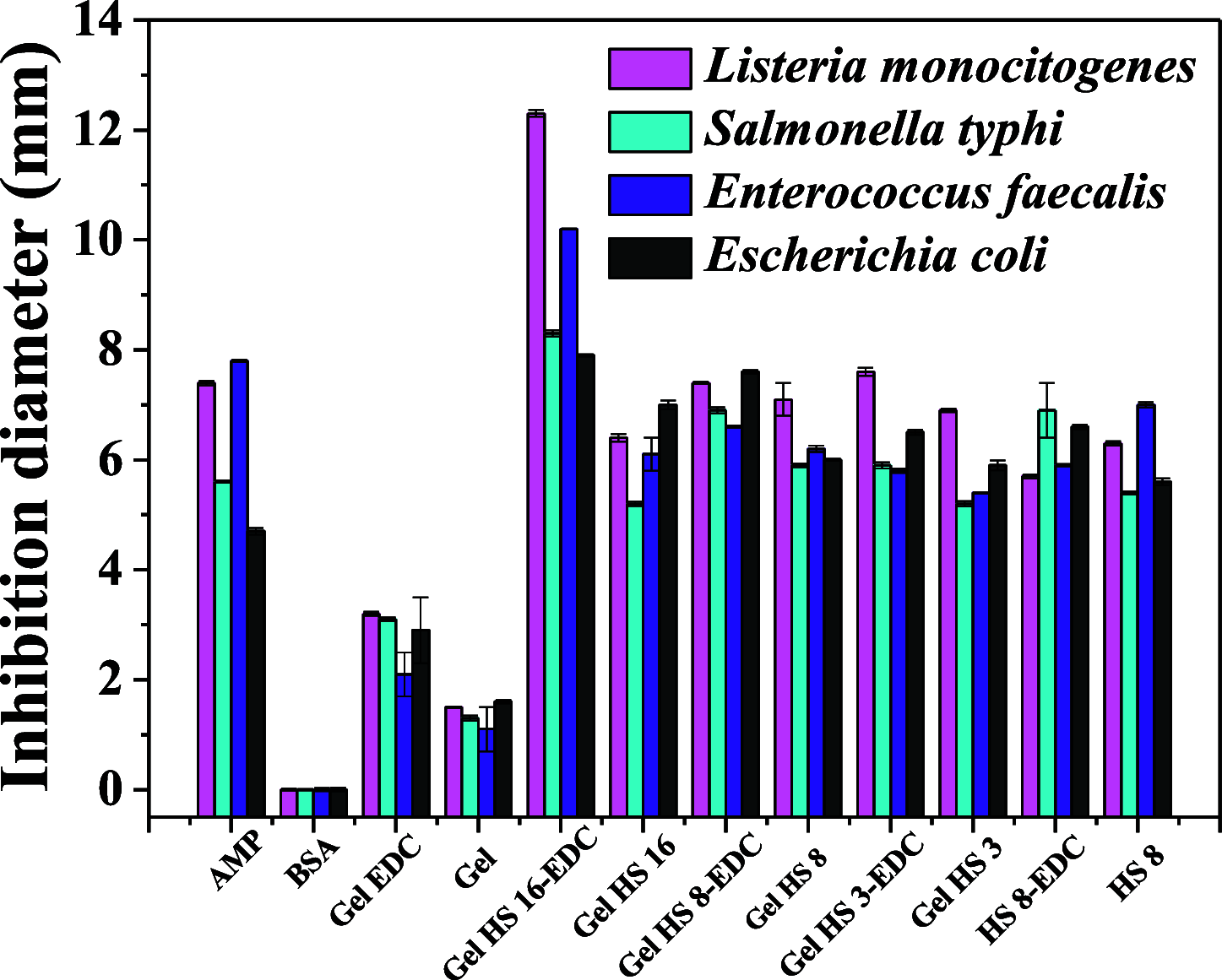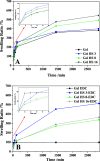Waste to Wealth Approach: Improved Antimicrobial Properties in Bioactive Hydrogels through Humic Substance-Gelatin Chemical Conjugation
- PMID: 37167573
- PMCID: PMC10265667
- DOI: 10.1021/acs.biomac.3c00143
Waste to Wealth Approach: Improved Antimicrobial Properties in Bioactive Hydrogels through Humic Substance-Gelatin Chemical Conjugation
Abstract
Exploring opportunities for biowaste valorization, herein, humic substances (HS) were combined with gelatin, a hydrophilic biocompatible and bioavailable polymer, to obtain 3D hydrogels. Hybrid gels (Gel HS) were prepared at different HS contents, exploiting physical or chemical cross-linking, through 1-ethyl-(3-3-dimethylaminopropyl)carbodiimide (EDC) chemistry, between HS and gelatin. Physicochemical features were assessed through rheological measurements, X-ray diffraction, attenuated total reflectance (ATR) spectroscopy, nuclear magnetic resonance (NMR) spectroscopy, and scanning electron microscopy (SEM). ATR and NMR spectroscopies suggested the formation of an amide bond between HS and Gel via EDC chemistry. In addition, antioxidant and antimicrobial features toward both Gram(-) and Gram(+) strains were evaluated. HS confers great antioxidant and widespread antibiotic performance to the whole gel. Furthermore, the chemical cross-linking affects the viscoelastic behavior, crystalline structures, water uptake, and functional performance and produces a marked improvement of biocide action.
Conflict of interest statement
The authors declare no competing financial interest.
Figures











References
-
- Clark J. H.; Farmer T. J.; Herrero-Davila L.; Sherwood J. Circular Economy Design Considerations for Research and Process Development in the Chemical Sciences. Green Chem. 2016, 18, 3914–3934. 10.1039/c6gc00501b. - DOI
-
- Luo X.; Shen L.; Meng F. Response of Microbial Community Structures and Functions of Nitrosifying Consortia to Biorefractory Humic Substances. ACS Sustain. Chem. Eng. 2019, 7, 4744–4754. 10.1021/acssuschemeng.8b04853. - DOI
MeSH terms
Substances
LinkOut - more resources
Full Text Sources
Miscellaneous

